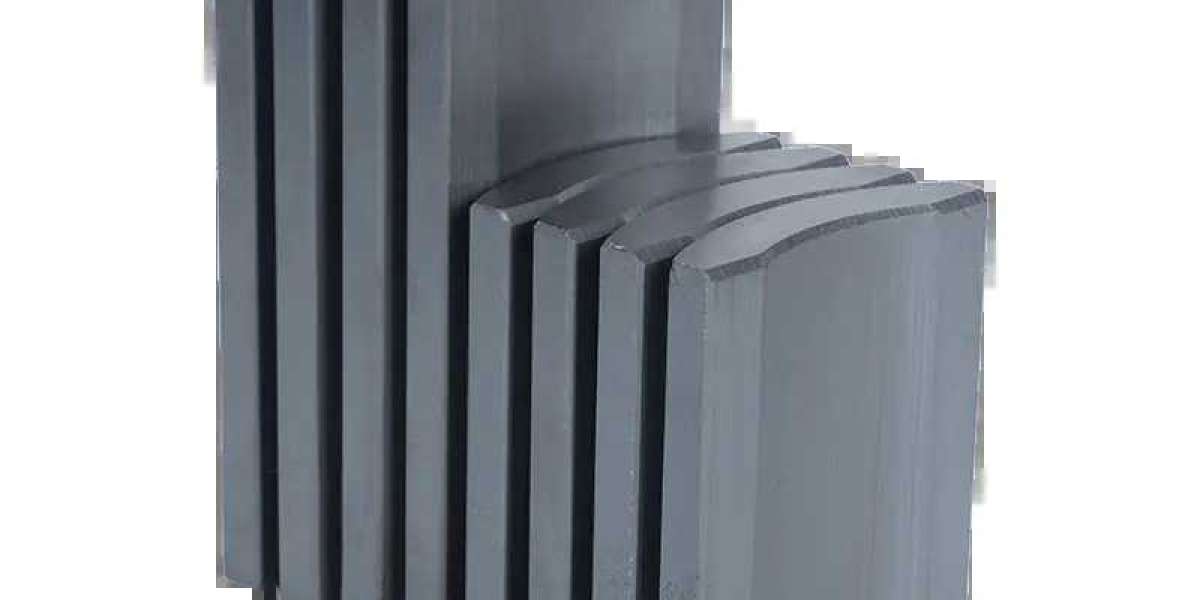Ferrite materials are a class of ceramic materials that are widely used in various applications due to their unique magnetic properties. They are composed primarily of iron oxide and other metal oxides, which give them high electrical resistivity and low eddy current losses. These materials are known for their excellent magnetic permeability and high-frequency characteristics, making them ideal for use in transformers, inductors, and magnetic cores in electronic circuits.
One of the key advantages of ferrite materials is their ability to maintain stable magnetic properties over a wide range of temperatures and frequencies. This makes them suitable for use in environments where temperature fluctuations are common, such as in automotive and aerospace industries. Additionally, their high coercivity allows them to resist demagnetization, which is crucial for applications requiring long-term magnetic stability.
Ferrite materials are also valued for their non-toxicity and environmental friendliness, as they do not contain any harmful substances. This makes them a preferred choice for manufacturers who are committed to producing green products. Furthermore, their ease of processing and ability to be shaped into various forms, such as rods, rings, and blocks, contribute to their versatility in design and manufacturing processes.
In summary, ferrite materials offer a combination of desirable properties that make them indispensable in the field of electronics and electrical engineering. Their stability, high-frequency performance, and environmental benefits have solidified their position as a go-to material for a multitude of applications.








